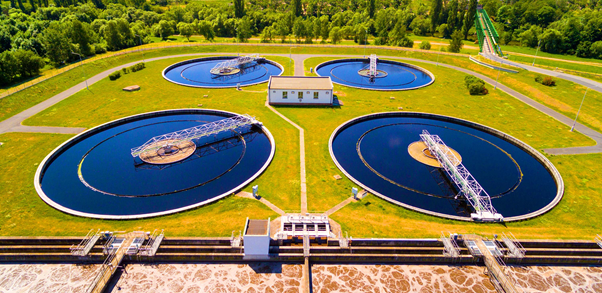Reactor tech converts sewage to hydrogen for clean energy

RMIT University researchers have developed a mobile, energy-efficient reactor that upcycles the by-products of the wastewater treatment processes to produce hydrogen sustainably and efficiently as part of an experimental bench-scale study.
Originally published in the International Journal of Hydrogen Energy, researchers have been able to convert biosolids to biochar - a carbon-rich form of charcoal used to increase the health and virility of soil which contains heavy metals that can decompose biogasses, making it the perfect catalyst for producing hydrogen.
“Our alternative technology offers a sustainable, cost-effective, renewable and efficient approach to hydrogen production,” said Associate Professor Kalpit Shah, Deputy Director of the ARC Training Centre for Transformation of Australia’s Biosolids Resource at RMIT.
According to Shah, this new technology allows for hydrogen production using waste materials like sewage that are essentially in unlimited supply and has the potential to significantly quicken Australia’s transition to a circular economy.
It could also lead to a less expensive hydrogen production process as all the components needed could be sourced on-site at a wastewater treatment plant, reducing the need for costly emission and capital intensive catalysts such as natural gas.
“By harnessing the power of biosolids to produce a fully clean fuel from biogas - while simultaneously preventing greenhouse gas emissions - we can deliver a true environmental and economic win,” said Shah.
“This new technology will enable us to squeeze the full value of resources that would ordinarily go to waste”.
Whilst traditionally biosolids are used as fertiliser and soil amendment for agricultural purposes, 30% of it is currently stockpiled or sent to landfill, creating a significant environmental challenge.
According to RMIT University, the decomposition process is conducted in a uniquely designed and hyper-efficient reactor that can produce both hydrogen and high-value biochar simultaneously of which is then converted into advanced carbon nanomaterials.
Shah said that the reactor was at the heart of the innovative research efforts to instigate a more sustainable way of producing hydrogen.
“We’ve radically optimised heat and mass transfer in our reactor while shrinking the technology to make it highly mobile,” said Shah.
“And while it’s already energy-efficient, with further integration, this reactor could turn biosolids and biogas conversion into a process that actually produces energy instead of consuming it”.
Dr Avravind Surapeneni, Senior Research and Planning Scientist at South East Water and Deputy Director (Industry) of the ARC Training Centre for Transformation of Australia’s Biosolids Resource said that the new technology was evidence that further research into the valuable uses of biosolids was vital for Australia to transition to a cleaner, greener economy.
“The wastewater sector is constantly looking to develop new ways to transform biosolids into high-value products, in environmentally sustainable and responsible ways,” said Surapeneni.
The research has already identified a range of applications and possessed a range of potential applications such as environmental remediation, boosting agricultural soils and energy storage.
Dr David Bergmann, Research and Development Manager at South East Water said that the technology had potential for adoption industry-wide.
“Supporting these kinds of innovative emerging technologies is an important part of our commitment towards reduced emissions and a circular economy approach involving wastewater”.
Initial research of the carbon nanomaterial coated biochar produced through this novel conversion technology was supported by South East Water who will now start trials of the technology in a pilot program currently under fabrication.










